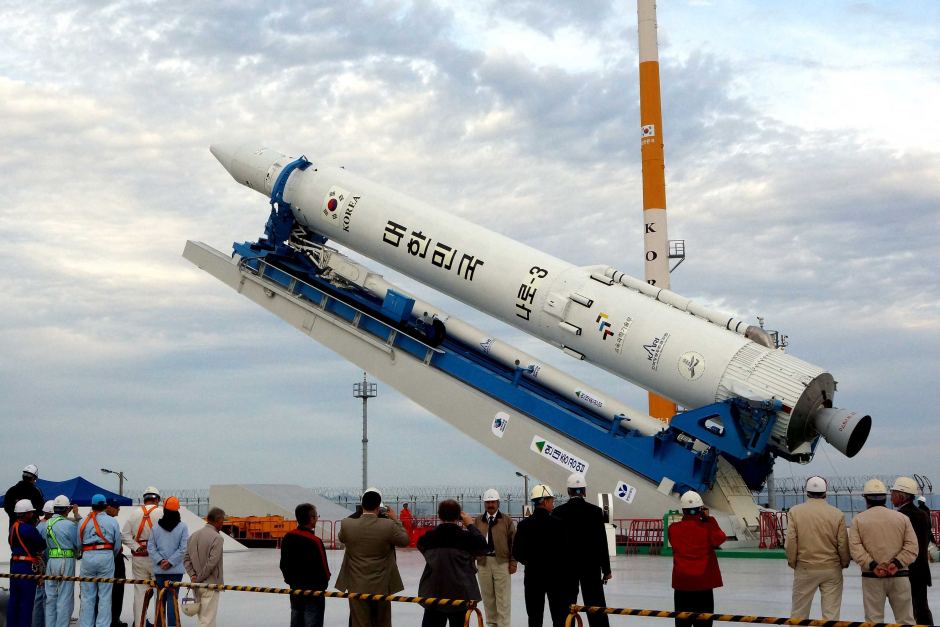South Korea’s first homebred space launch vehicle bombarded in light of a free helium tank. The three-stage KSLV-II Nuri rocket had passed on mixed results for a test launch that tended to a huge leap for the country’s forceful space plans.
President Moon Jae-in said had said that all of the three stages of the rocket worked, taking it to a rise of 700 kilometers, and the 1.5-ton payload detached adequately. The mission failed considering the way that the third-stage engine quit burning-through 46 seconds sooner than booked, science minister Lim Hye-sook told reporters. Space launches have for a long while been a sensitive issue on the Korean landmass, where North Korea faces sanctions over its nuclear armed ballistic missile program.
South Korea has rose from the remaining parts of fight to transform into the world’s twelfth greatest economy and a creatively advanced nation, home to the planet’s greatest smartphone and memory chip maker, Samsung Electronics. However, it has loosened in the element making universe of spaceflight, where the Soviet Union drove the way with the first satellite launch in 1957, solidly followed by the United States. In Asia, China, Japan and India all have advanced space programs, and the South’s nuclear armed neighbor North Korea was the latest contestant to the club of countries with their own satellite launch limit. Ballistic missiles and space rockets use near advancement and Pyongyang put a 300-kilogram (660-pound) satellite into orbit in 2012 in what Western countries rebuked as a disguised missile test.
Also Read: Alpha variant is able to get past our innate immune system, research finds!
To be sure, even by and by, only six nations, barring North Korea have adequately launched a one-ton payload on their own rockets. The Korea Space Launch Vehicle II has been 10 years being created to a detriment of 2 trillion won ($1.6 billion). It weighs 200 tons and is 47.2 meters (155 feet) long, fitted with a total of six liquid fuelled engines.
